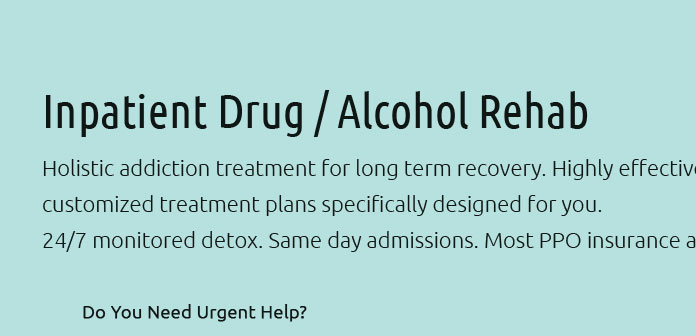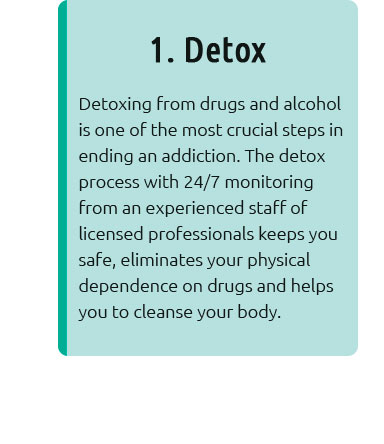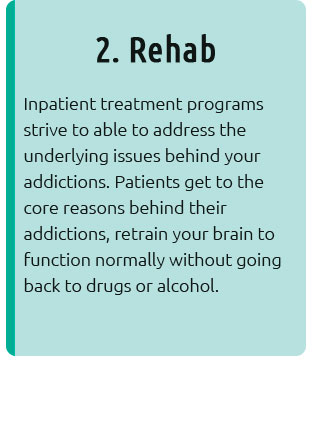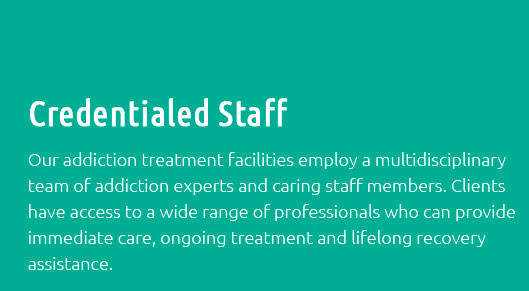 |
 |
 |
 |
 |
 |
||
 |
 |
 |
 |
 |
 |
 |
||
 |
||
 |
||
 |
 |
 |
|
 |
|
Understanding Inpatient Drug Rehab FacilitiesIn the journey toward recovery from substance abuse, inpatient drug rehab facilities play a pivotal role in providing structured, supportive environments for individuals seeking to overcome addiction. These facilities offer a comprehensive approach to treatment, emphasizing not just detoxification but also long-term behavioral change. This article delves into the nuances of inpatient rehab, exploring its benefits, challenges, and the key factors to consider when choosing a facility. Firstly, inpatient rehab centers are known for their immersive nature, providing 24/7 medical and emotional support. This constant care is especially crucial during the initial detox phase, where withdrawal symptoms can be severe and, at times, life-threatening. Medical professionals in these facilities are equipped to manage these symptoms, ensuring patient safety and comfort. Additionally, being in a controlled environment minimizes the risk of relapse by removing access to drugs and alcohol and reducing exposure to external triggers. Secondly, inpatient rehab is not just about abstaining from substances; it’s about addressing the underlying issues contributing to addiction. Most facilities offer a variety of therapies-individual, group, and family therapy are common staples. Cognitive-behavioral therapy (CBT) and motivational interviewing are popular techniques that help patients understand their addiction, develop coping strategies, and set goals for their recovery. The holistic approach often extends to include alternative therapies such as yoga, meditation, and art therapy, aimed at healing the mind, body, and spirit. However, inpatient rehab is not without its challenges. The cost can be prohibitive, as these facilities often require a significant financial commitment. It’s essential to verify whether your insurance plan covers inpatient treatment or if the facility offers payment plans or sliding scale fees. Moreover, the transition from an intensive rehab environment back into everyday life can be daunting. The structure and support available in the facility might not be as readily accessible outside, making aftercare planning a vital component of the recovery process. Most facilities offer or can recommend aftercare programs to ease this transition.
Ultimately, the choice of an inpatient drug rehab facility should be guided by personal needs and goals for recovery. Research thoroughly, seek recommendations, and, if possible, visit potential facilities to get a feel for their environment and ethos. Inpatient rehab can be a transformative experience, offering the tools and support necessary for a successful recovery journey. https://ohiorecoverycenters.com/locations/ohio/cincinnati/
Our addiction treatment and rehab center in Cincinnati is the best place for you to begin your recovery journey. https://rehabs.org/centers/ohio/cincinnati/
Free Alcohol and Drug Rehab Centers in Cincinnati, OH. Find an accredited treatment center in Cincinnati. There are currently 42 drug & alcohol detox, ... https://recovery.org/drug-alcohol-rehab/cincinnati-oh/
Cincinnati alcohol and drug inpatient rehabs near me. Find out more about outpatient, detox centers, addiction treatment programs and insurance coverage in ...
|